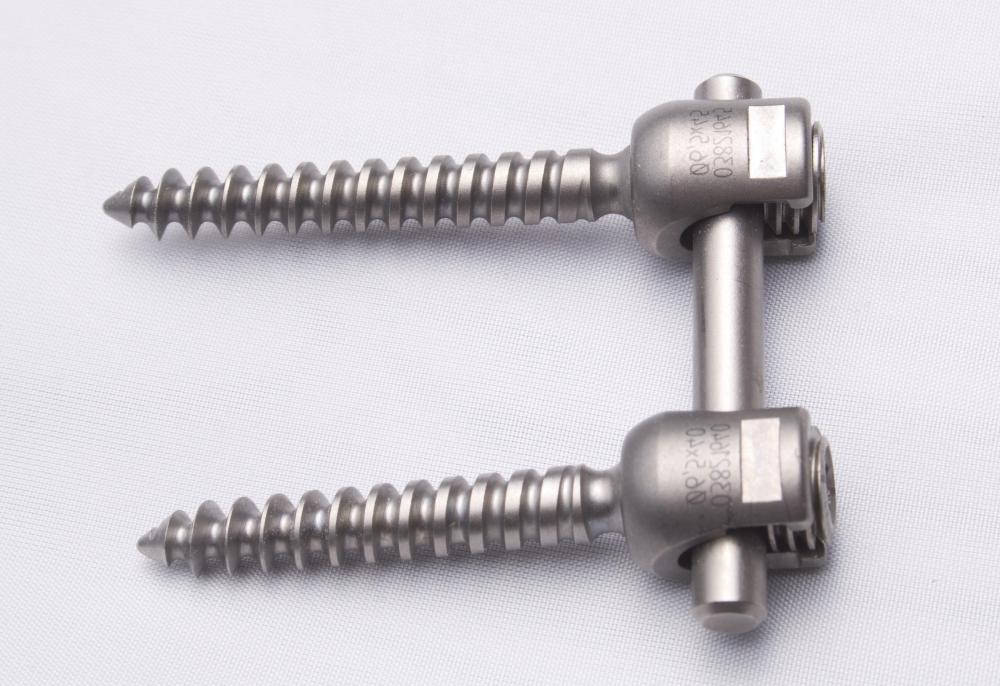At WiseGEEK, we're committed to delivering accurate, trustworthy information. Our expert-authored content is rigorously fact-checked and sourced from credible authorities. Discover how we uphold the highest standards in providing you with reliable knowledge.
What is Hydroxyapatite?
Hydroxyapatite is a naturally occurring mineral that is similar in composition to the mineral element in human bones. The enamel on teeth is largely composed of a form of this mineral. In nature, hydroxyapatite can appear to have brown, yellow, or green colorations. In its powder form, it is typically white.
This mineral is often used for medical implants. It is bioactive, meaning that it can integrate into bone structures and support growth without breaking down or dissolving in the human body. Initially, the mineral was used mostly for dental implants. Although it is still used for this purpose today, it is also used for other purposes.

Titanium and stainless steel implants are often covered with hydroxyapatite coatings. Plasma spraying is generally the method used to carry out this task. Implants need to be coated to trick the body; if this was not done, and the body would identify an implant as a foreign object and work to isolate it instead of incorporating it.
Hydroxyapatite can also be used in instances where there are bone voids or defects. This process involves powders, blocks, or beads of the mineral being placed into or on the affected of areas of bone. Since it is bioactive, it encourages the bone to grow and correct the problem. This process can be an alternative to bone grafts. It typically results in healing times that are shorter than they would be if hydroxyapatite was not used.

The medical use of hydroxyapatite is believed to be due to the work of Professor Per-Ingvar Branemark. In 1952, he conducted an experiment that involved using a titanium implant in rabbit bone. When the professor went to remove the implant, he reportedly found the implant had integrated with the bone so thoroughly that it could not be removed. This sparked interest in using it for human medical purposes.
A product known as microcrystalline hydroxyapatite (MH) is sometimes marketed to consumers as a supplement for building bones. It is often advertised as having superior absorption to calcium. There are studies that have shown positive results. Despite this fact, consumers are generally advised to avoid the supplements because MH is generally considered to be inadequately tested.
Hydroxyapatite can also cause health problems. Sometimes the molecules clump together, forming crystals. These can form in or around the joints and cause swelling of the joints, tendons, or ligaments. Treatment for this condition can include applying a cold compress, taking medications for inflammation, and cortisone-type injections.
AS FEATURED ON:
AS FEATURED ON:












Discussion Comments
@jholcomb - It can happen naturally. An uncle of mine has hydroxyapatite crystal disease, which is what the article is talking about.
It's similar to gout in that both involve crystals building up in your joints. But the causes and treatments are different. (Gout is caused by uric acid buildup and it can be affected by your diet.) My uncle gets cortisone shots, and that helps a lot.
The article mentions that hydroxyapatite can cause problems. Do those just come up naturally from the mineral in your body, or does it occur only if you have some sort of implant and/or have taken supplements?
Post your comments